Healthy soil is the foundation of a thriving garden. But even the most diligent gardener can struggle if the soil isn’t suitable for the plants being grown. One critical factor that often gets overlooked is soil pH. Understanding your soil’s pH can make the difference between a bountiful harvest or lackluster growth. In this guide, we’ll explain how to test your garden soil pH, interpret the results, and adjust it for optimal plant health.
1. What Is Soil pH and Why Does It Matter?
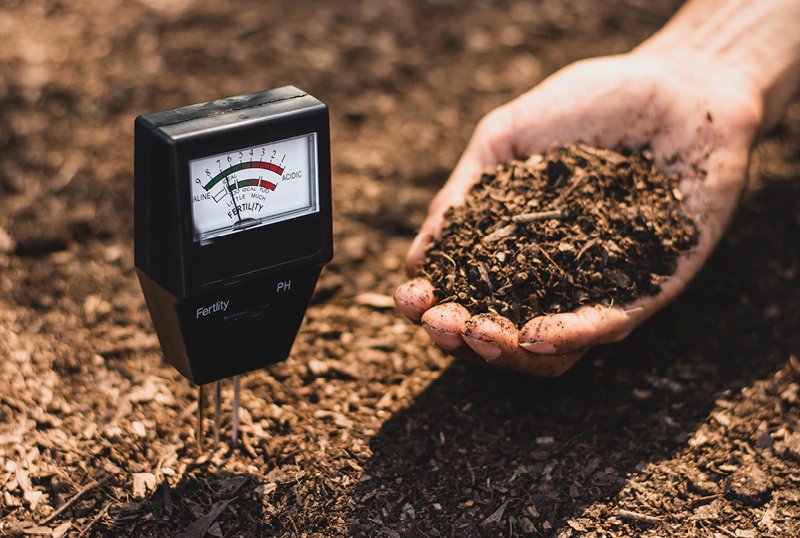
Soil pH is a measure of how acidic or alkaline the soil is, on a scale of 0 to 14:
- 0–6: Acidic soil
- 7: Neutral soil
- 8–14: Alkaline soil
The pH of your soil affects the availability of nutrients to plants and the activity of beneficial microorganisms. For example:
- Acidic soil (pH < 6) can make nutrients like nitrogen, phosphorus, and potassium less available.
- Alkaline soil (pH > 7.5) can cause deficiencies in iron, manganese, and zinc, leading to chlorosis or yellowing leaves.
- Most vegetables, flowers, and shrubs thrive in slightly acidic to neutral soil (pH 6–7).
Testing soil pH is the first step in ensuring your garden soil can support healthy plants and maximize growth.
2. How to Test Your Garden Soil pH
There are several reliable ways to test soil pH, ranging from simple at-home methods to more precise professional tests.
a) Using a Soil Test Kit
Soil test kits are widely available and easy to use. They usually include test strips or a liquid reagent that changes color based on the soil’s acidity or alkalinity.
Steps:
- Collect a small sample of soil from multiple areas of your garden.
- Remove debris, roots, and stones.
- Follow the kit instructions—mix soil with the provided solution or place it on test strips.
- Compare the resulting color with the pH chart included in the kit.
Pros: Simple, quick, inexpensive
Cons: Less precise than professional lab tests
b) Using a Digital pH Meter
Digital pH meters are electronic devices that measure soil pH accurately.
Steps:
- Insert the probe into moist soil.
- Wait for the reading to stabilize (usually a few seconds).
- Record the pH value.
Tips: Calibrate your meter regularly for accurate results.
c) Professional Soil Testing
Sending a soil sample to a local agricultural extension office or soil testing lab provides the most accurate results. Labs often provide a detailed report including pH, nutrient levels, and recommendations for soil amendments.
Steps:
- Collect soil samples from multiple spots in your garden.
- Mix the samples in a clean container to get an average.
- Send the sample to the lab according to their instructions.
Pros: Highly accurate and comprehensive
Cons: Costs more and takes longer for results
3. How to Take a Proper Soil Sample
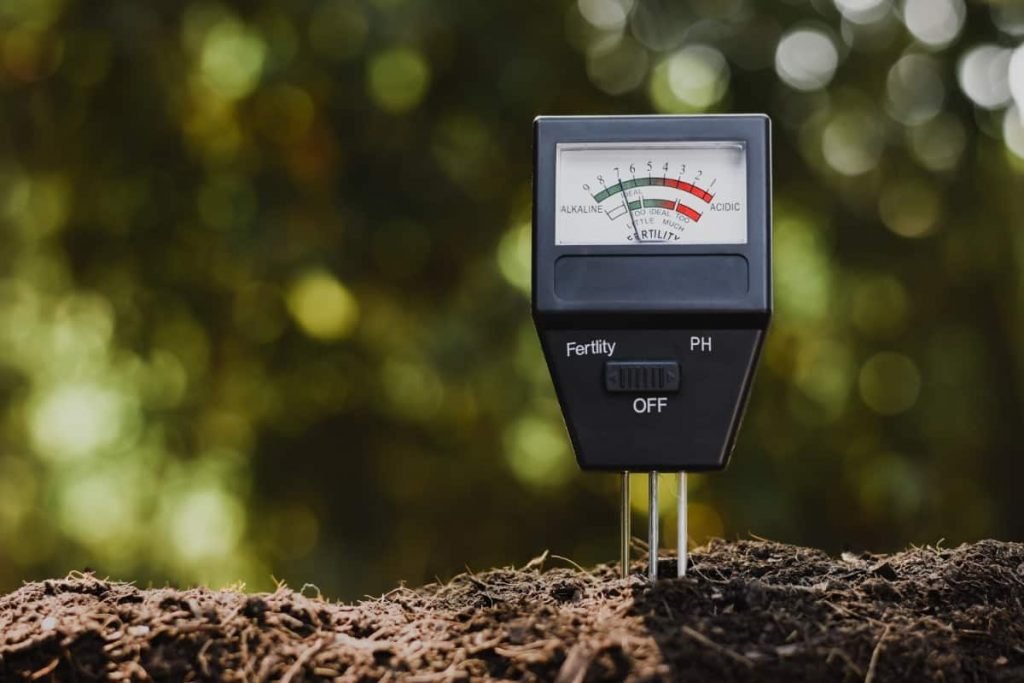
For the most accurate results, proper sampling is key.
Step-by-Step Guide:
- Choose sampling spots: Take samples from different areas of your garden, especially if soil varies across the space.
- Dig 6–8 inches deep: This represents the root zone for most garden plants.
- Remove debris: Roots, stones, and mulch can interfere with results.
- Mix samples together: Create a composite sample for testing.
- Label your sample: Note the garden area and date for reference.
By following these steps, you ensure that your pH readings reflect your garden’s true conditions.
4. Interpreting Soil pH Results
Once you have your soil pH, it’s important to understand what it means for your plants.
- pH 5.0–6.0: Moderately acidic. Ideal for acid-loving plants like blueberries, azaleas, and rhododendrons. Other plants may need soil amendments.
- pH 6.0–7.0: Slightly acidic to neutral. Ideal for most vegetables, fruits, and flowers.
- pH 7.0–8.0: Slightly alkaline. Suitable for plants like lavender, lilacs, and certain vegetables tolerant to higher pH.
- pH above 8.0: Highly alkaline. Nutrient deficiencies may occur; consider amendments to lower pH.
Knowing your soil pH allows you to select plants suited for your garden or adjust the soil to meet your plants’ needs.
5. Adjusting Soil pH Naturally
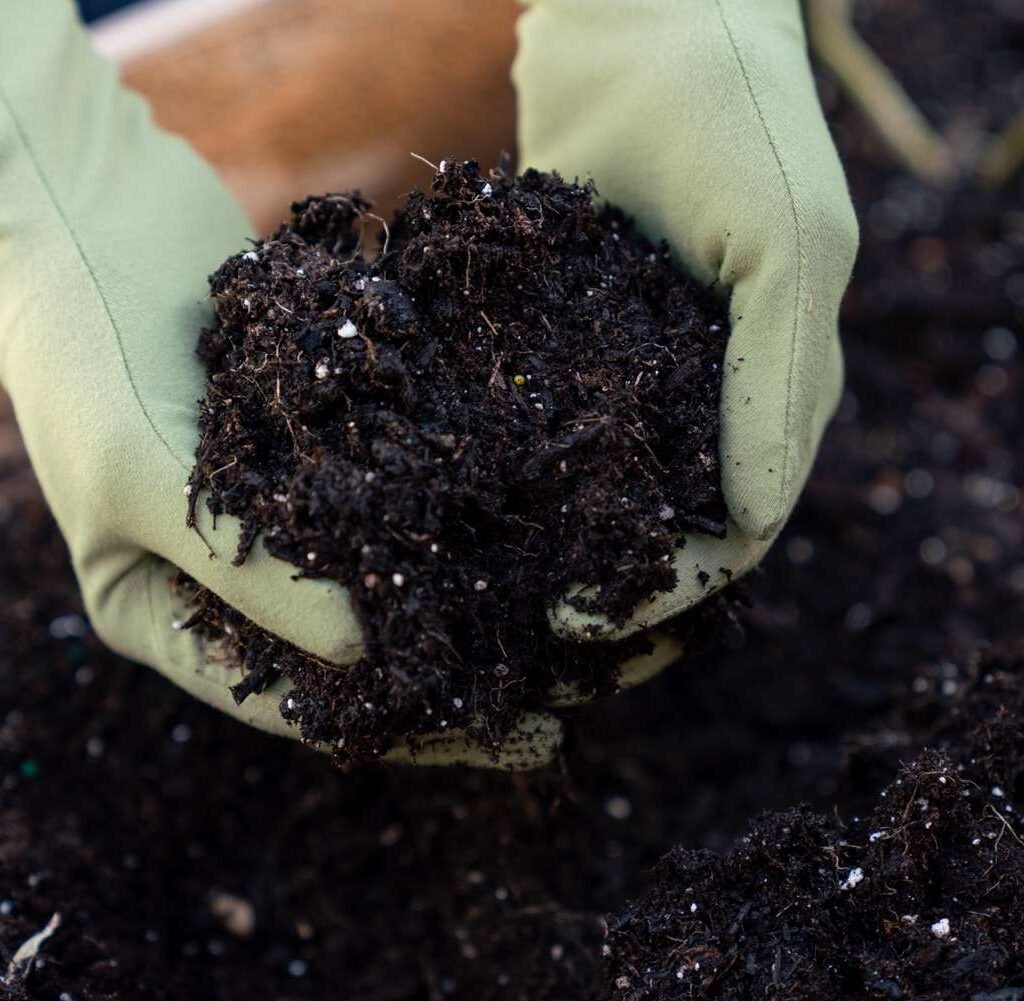
If your soil’s pH isn’t ideal, don’t worry—there are natural ways to adjust it:
a) Lowering Soil pH (Making Soil More Acidic)
- Elemental sulfur: Slowly reduces pH over time. Follow recommended application rates.
- Organic matter: Compost, pine needles, and coffee grounds acidify soil gradually.
- Peat moss: Adds organic acidity and improves soil structure.
b) Raising Soil pH (Making Soil More Alkaline)
- Lime (calcium carbonate): Most common method to increase pH. Apply according to soil test recommendations.
- Wood ash: Adds potassium and raises pH. Use sparingly.
- Crushed eggshells: Slowly reduce acidity over time.
Tip: Always retest soil after a few weeks or months to monitor changes. Avoid over-applying amendments, as drastic pH swings can harm plants.
6. Maintaining Healthy Soil pH
Adjusting pH is only part of the process—maintaining it ensures long-term soil health.
Best Practices:
- Use organic mulch to buffer soil pH naturally.
- Rotate crops to prevent nutrient depletion.
- Regularly add compost or organic matter to maintain balanced soil chemistry.
- Monitor pH yearly, especially if growing sensitive crops like vegetables and berries.
A proactive approach keeps your garden soil in optimal condition for healthy plant growth.
7. Soil pH and Nutrient Availability
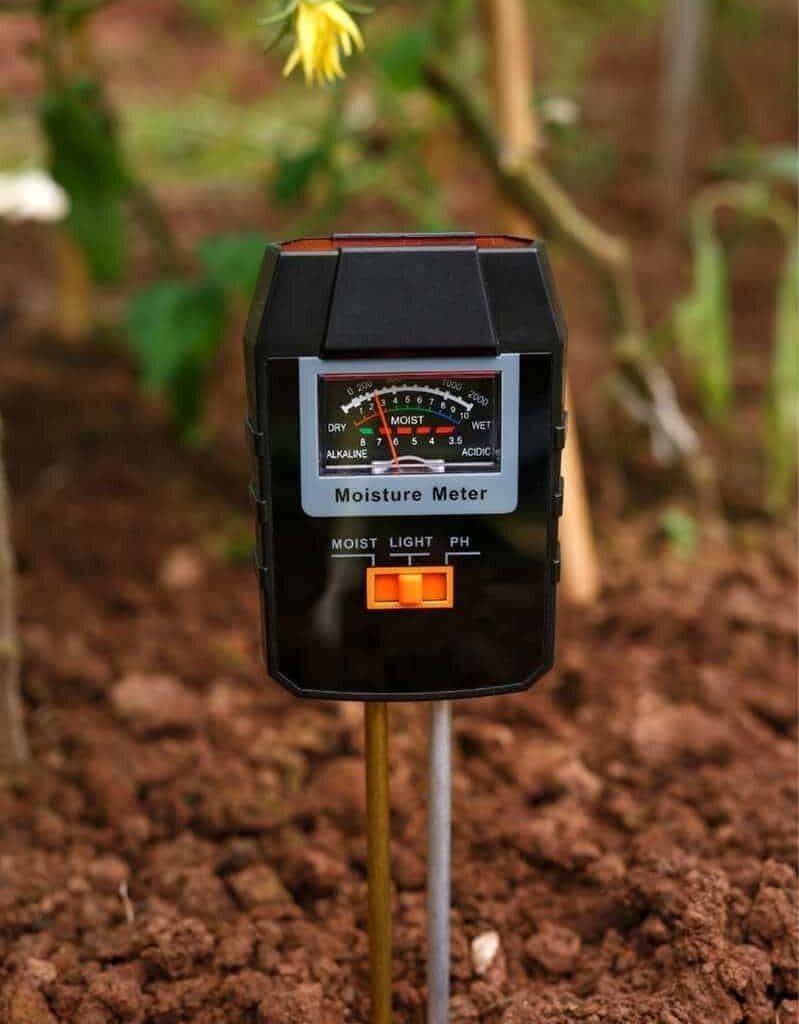
Soil pH affects nutrient uptake, which directly impacts plant health. Here’s a quick overview:
| Nutrient | Optimal pH Range | Effects of pH Imbalance |
|---|---|---|
| Nitrogen | 6.0–8.0 | Deficiency in very acidic or very alkaline soil |
| Phosphorus | 6.0–7.5 | Poor availability in acidic or highly alkaline soil |
| Potassium | 6.0–7.0 | Locked up in acidic soils |
| Iron | 5.5–6.5 | Deficiency in alkaline soil, causing yellow leaves |
| Magnesium | 6.0–7.0 | Deficiency in acidic soils |
By keeping soil pH within the right range, you maximize nutrient availability and promote stronger plant growth.
8. Benefits of Knowing Your Soil pH
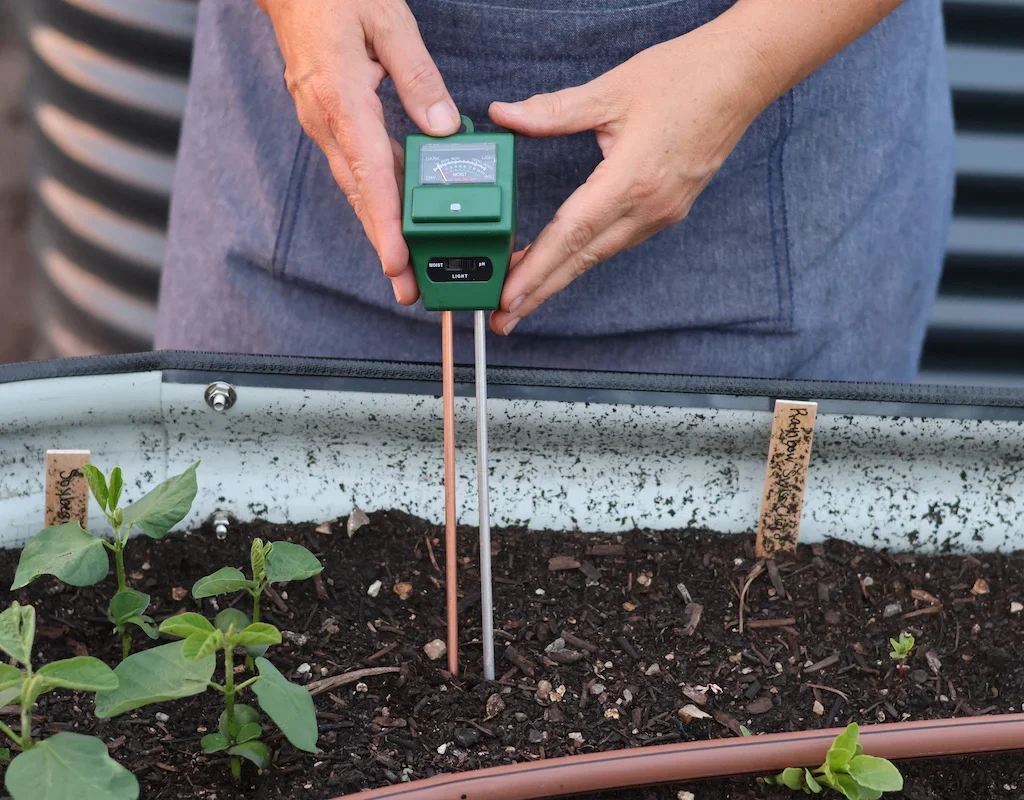
Understanding soil pH empowers gardeners to:
- Choose plants suited to existing soil conditions.
- Apply fertilizers and amendments efficiently.
- Prevent nutrient deficiencies and related plant diseases.
- Maintain long-term soil fertility naturally.
Knowledge of soil pH turns guesswork into informed gardening, improving both plant health and harvest yield.
Conclusion
Testing your garden soil pH is a small step that yields enormous benefits. It helps you understand the chemical environment of your soil, ensures nutrients are available to plants, and guides you in selecting suitable crops or soil amendments. By regularly testing your soil and making necessary adjustments, you can create a thriving, balanced garden ecosystem.
Whether you use a simple at-home test kit, a digital meter, or a professional soil lab, taking the time to understand your soil pH is an investment in healthier plants, higher yields, and a more productive garden. Remember, soil is the foundation of all gardening success, and pH is the key to unlocking its full potential.
With this knowledge in hand, you’re ready to make informed decisions, cultivate stronger plants, and enjoy a flourishing garden season after season.
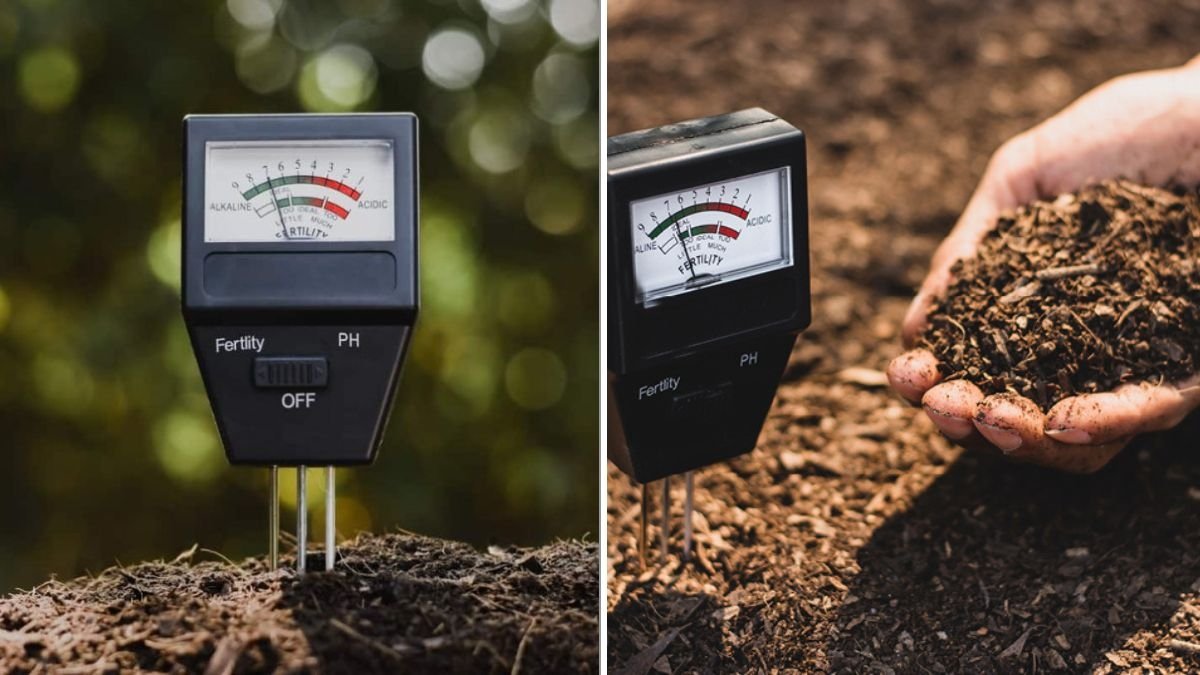





Leave A Comment